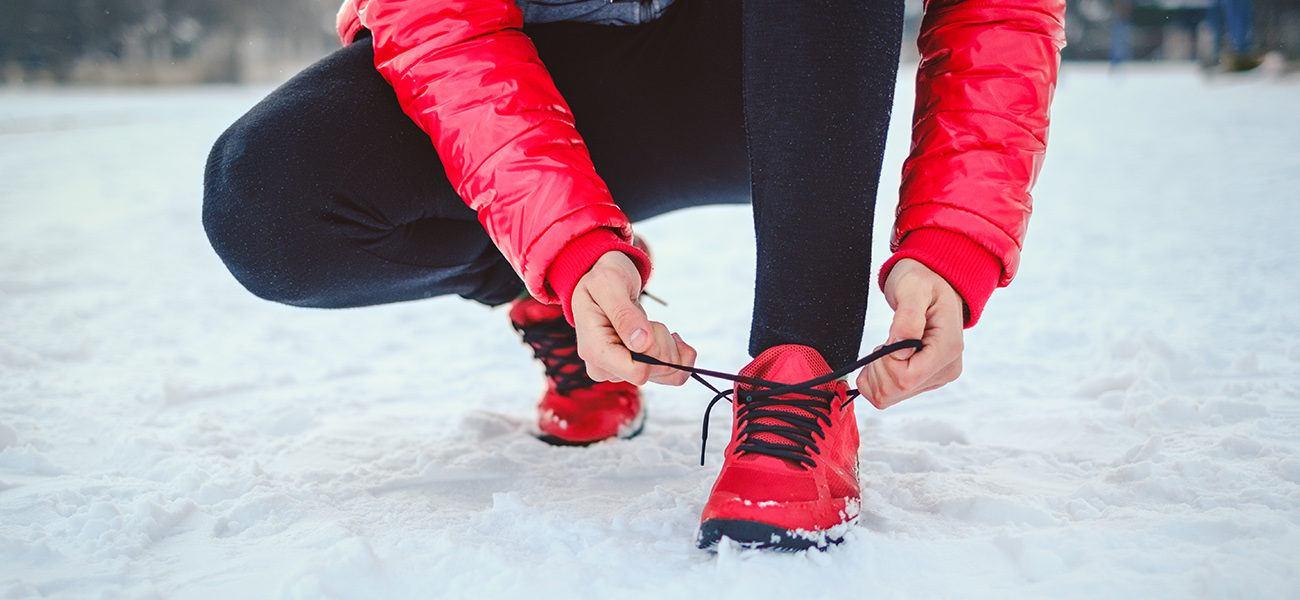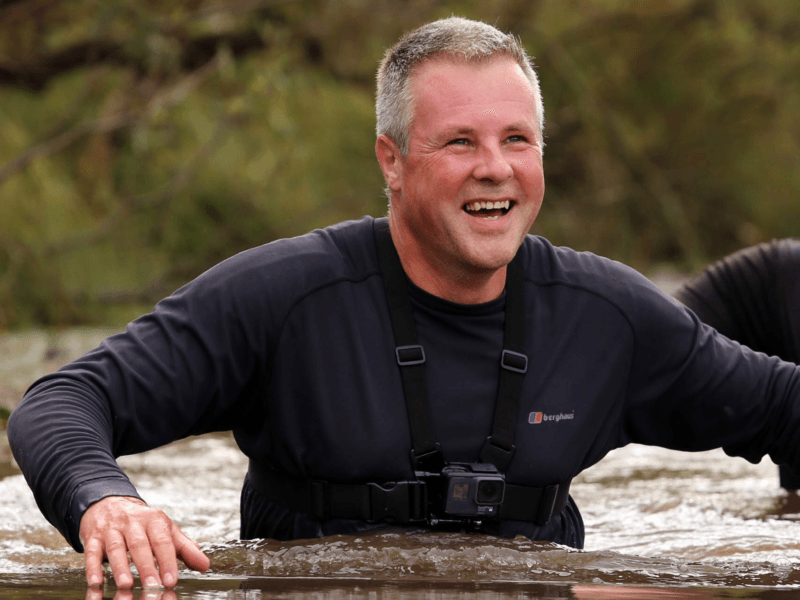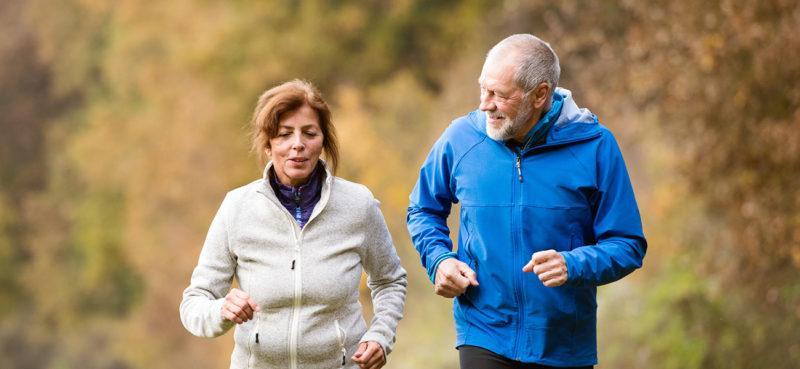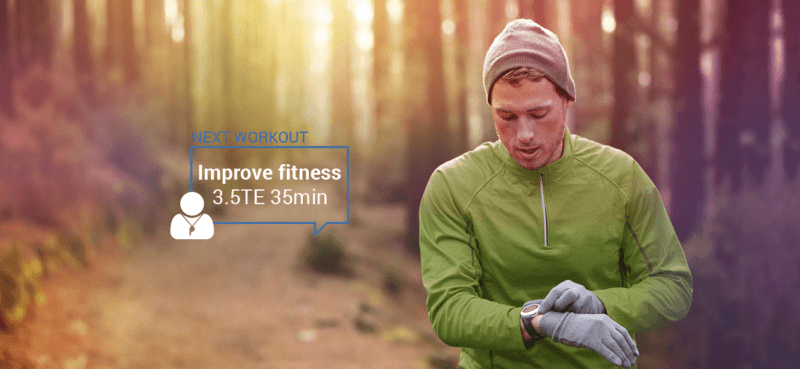
Finding the time and motivation to be active during the working week can be a challenge at the best of times. Once the winter nights draw in, the temperature drops a few degrees and you see more rain than sunshine when you look out the window, it can be even tougher.
The temptation can be to pack away your gym gear, skip that mid-week workout and ‘hibernate’. But, as research continues to highlight the impact exercise and good fitness has on our health, we should be keeping active regardless of the weather or time of year.
In fact, with studies showing regular physical activity can boost self-esteem and reduce stress and anxiety, you could argue it is even more important to keep moving at a time of year when the winter blues can creep up on us.
With that in mind, we spoke to leading fitness and wellness expert John Allison who reveals his tips for keeping active during the winter months and the benefits you’ll enjoy as a result.

John Allison, founder of Street Gym and Motion to Mind
How Can People Motivate Themselves to Stay Active at This Time of Year?
John Allison, founder of StreetGym® and Motion to Mind™ and Firstbeat user, who served in the British Army for 24 years:
“As Sir Ranulph Fiennes once said, ‘There’s no such thing as bad weather, only bad clothing.’ Pushing yourself during those dark, wet and windy nights is more difficult but it’s also more rewarding. The greater the challenge, the greater the sense of satisfaction, and the greater the personal growth. Learning to operate in all weather is deeply empowering. It makes you a much more versatile individual.
“How do you do it? Little incremental steps. Buddy up with someone if possible. Hold yourself accountable on social media. Tell everyone you know what you’re intending to do and then it’s harder to back out of doing it. Put skin in the game and sign up for an outdoor charity event like Couch to 5k or an obstacle race. Reframe that negative mindset and see bad weather as simply another layer of training value and remember, ‘train hard, fight easy’.”
What Can People Do to Remain Active During a Busy Working Week?
John:
“The more we can incorporate physical activity into our daily pattern of life the easier it is to stick with it. Consider placing your sports kit by your bed the night before so that when you get out of bed it’s the first thing you put on. This becomes your switch, once you’ve got the sports gear on there’s no turning back.
“Walking needn’t be boring, turn it into interval walking or Fartlek training. The same for jogging and cycling too. Too far to walk or cycle to work? Consider getting off one or two stops early and jogging, cycling or walking from there. You can do the same on your return journey too if it’s easier but be careful to avoid high intensity training on an evening if you have sleep issues.
How many steps is enough? Listen to our webinar recording →
“Remaining active during a busy week is all about coincidental physical activity, that is seizing opportunities to move and time-efficient training. We all know the importance of taking the stairs versus the lift in the office so build movement into your routine. Remember that you don’t have to work out for an hour to keep fit, a 20-minute bodyweight based high intensity workout is perfectly adequate to keep brain and body working optimally. Get your high impact exercise out of the way in the morning or at lunchtime. This doesn’t have to mean a trip to the gym either. Do a recce around your office neighborhood and see what you could use, think street furniture, architectural features and gradients. It’s a lot more fun than a conventional jog.”
How Can Keeping Active Impact What Happens Elsewhere in Your Life?
John:
“We’re leading increasingly sedentary lives and we’re simply not designed for this. As humans, our operating system and physiology are built for movement. I often use the analogy of free range or battery hens. We all know that free range hens are healthier and so are free range humans.
“Physical activity helps regulate our emotional state in addition to benefiting our physical well-being. Our Autonomic Nervous System (ANS) has three modes; Fight, Flight and Freeze. We’re spending too much time in fight or flight and, in turn, that generates fear, anxiety and exhaustion. Physical activity promotes emotional regulation, provides breathing space and allows us to reset.
“Sadly, in an office environment, people often remain stuck in fight or flight mode for much of the day. Even a 10-minute walk outside can prove restorative, but physical activity needn’t just be outdoors. Try desk yoga, self-massage and being mindful of your posture to help reduce the load on mind and body. Keeping active has wider implications beyond the self, improved relationships at work and at home, optimal cognitive and physical performance too.”
Firstbeat’s guide shows how measured stress & recovery data can inform wellness professionals’
decisions and let clients unlock the best version of themselves.
If you liked this article, you should subscribe to our mailing list
You might also be interested in

5 Simple Ways to Increase Physical Activity on National Fitness Day
On National Fitness Day we look at five easy steps to increase your physical activity.

How and When Should I Exercise? The Right Plan Changes with You
Personalized Training Plan offers workouts tailored just for you. Your fitness level and training history are used to help you achieve your goals safely and effectively.

